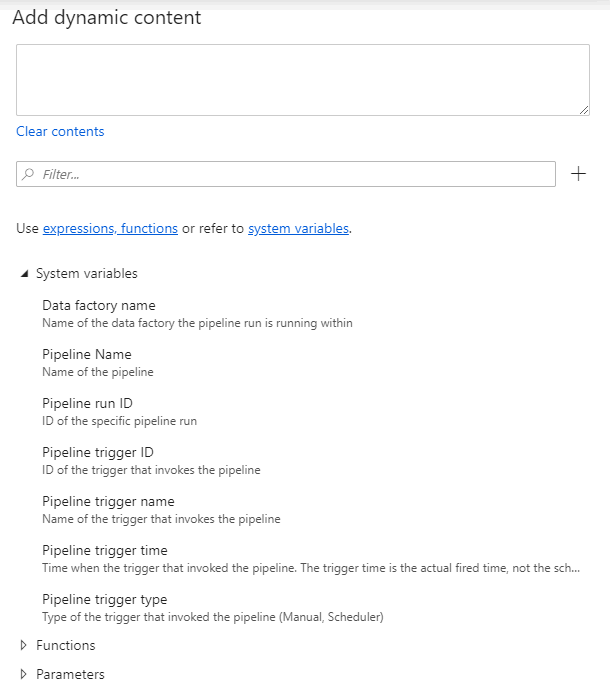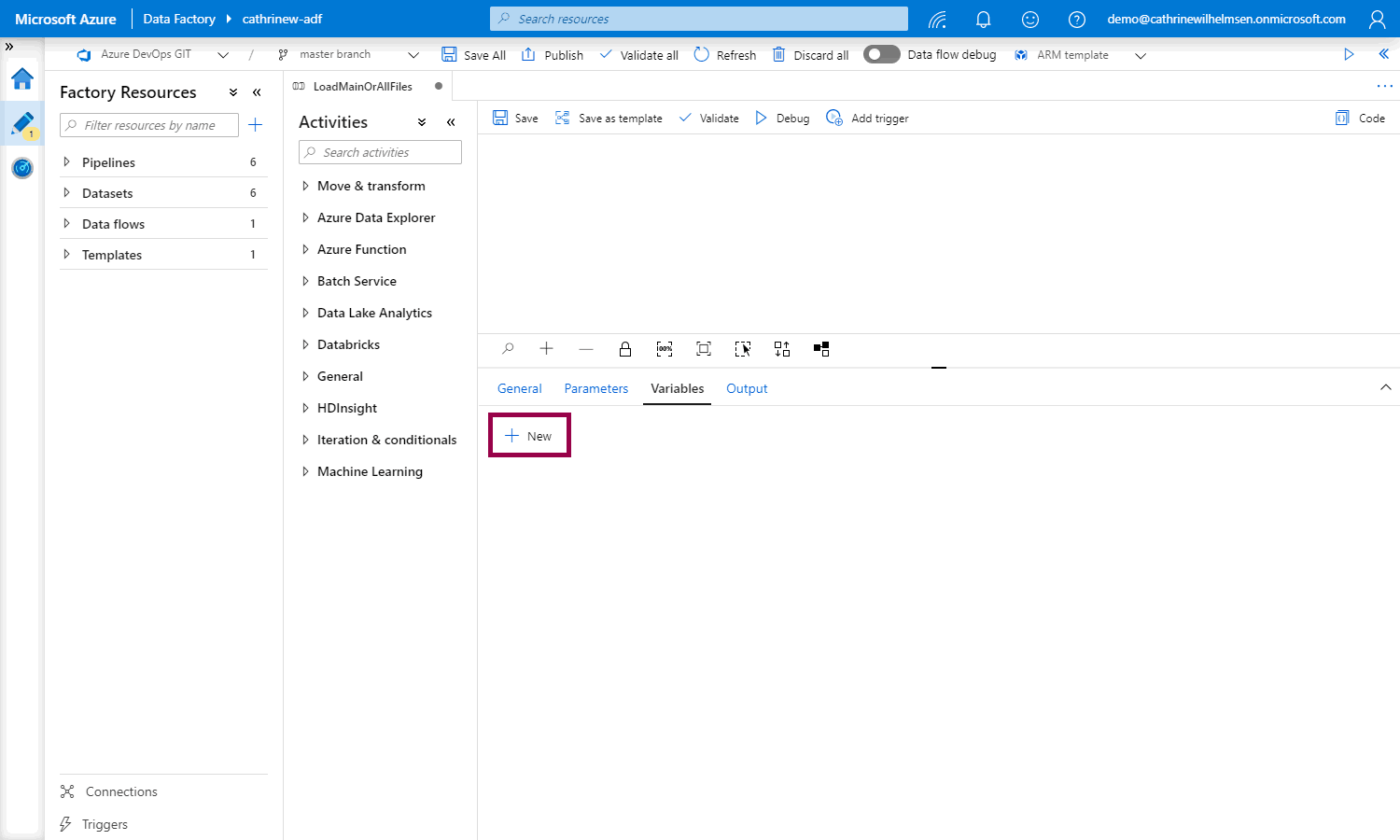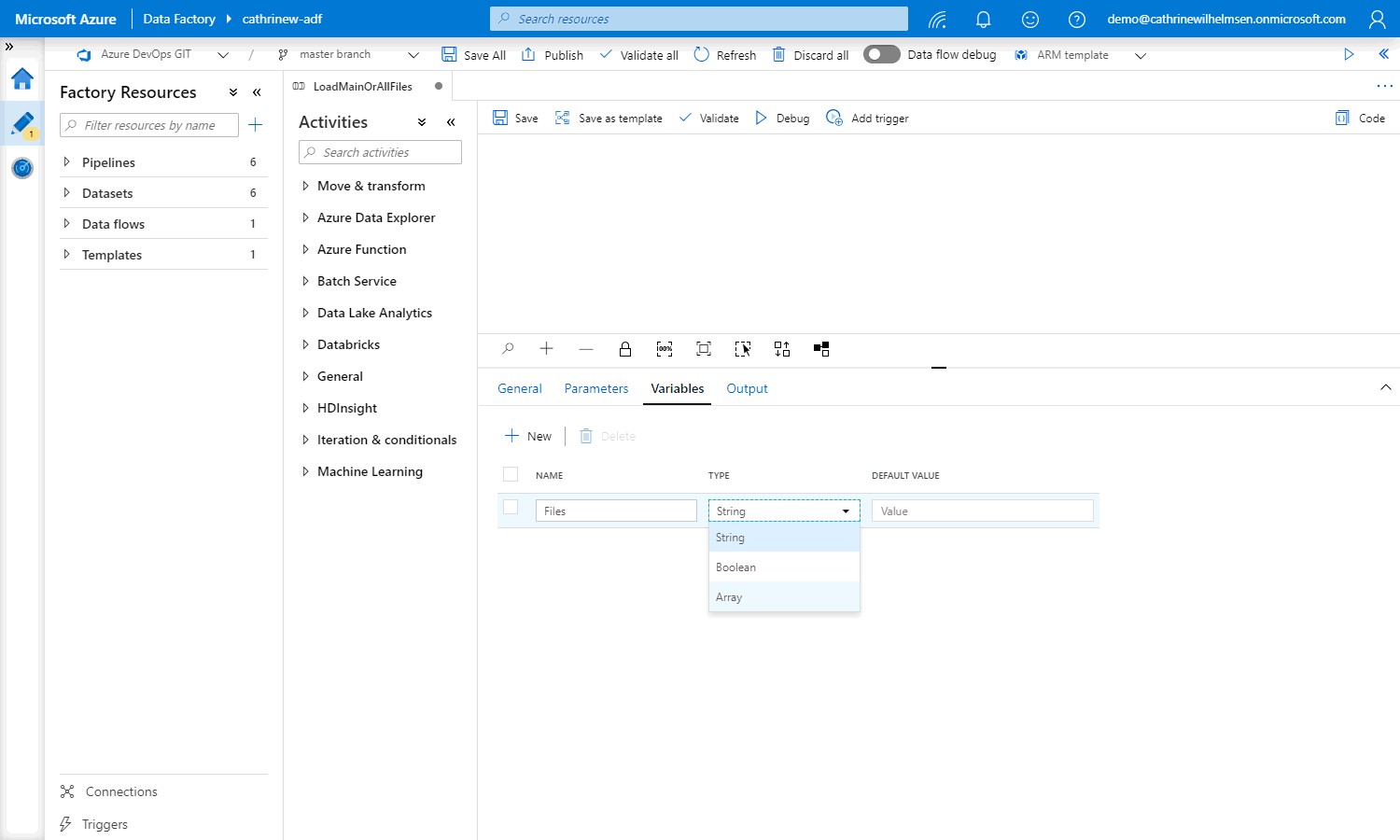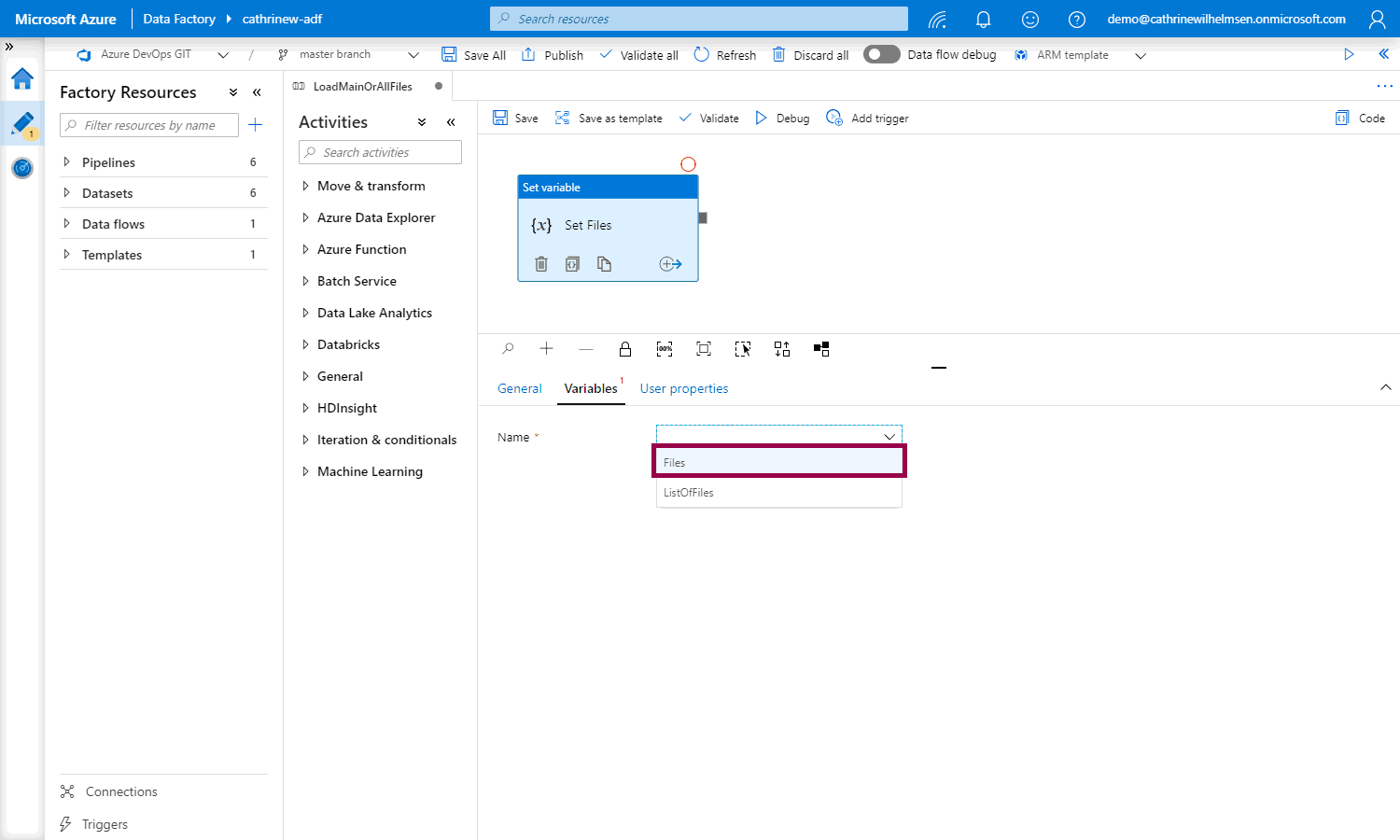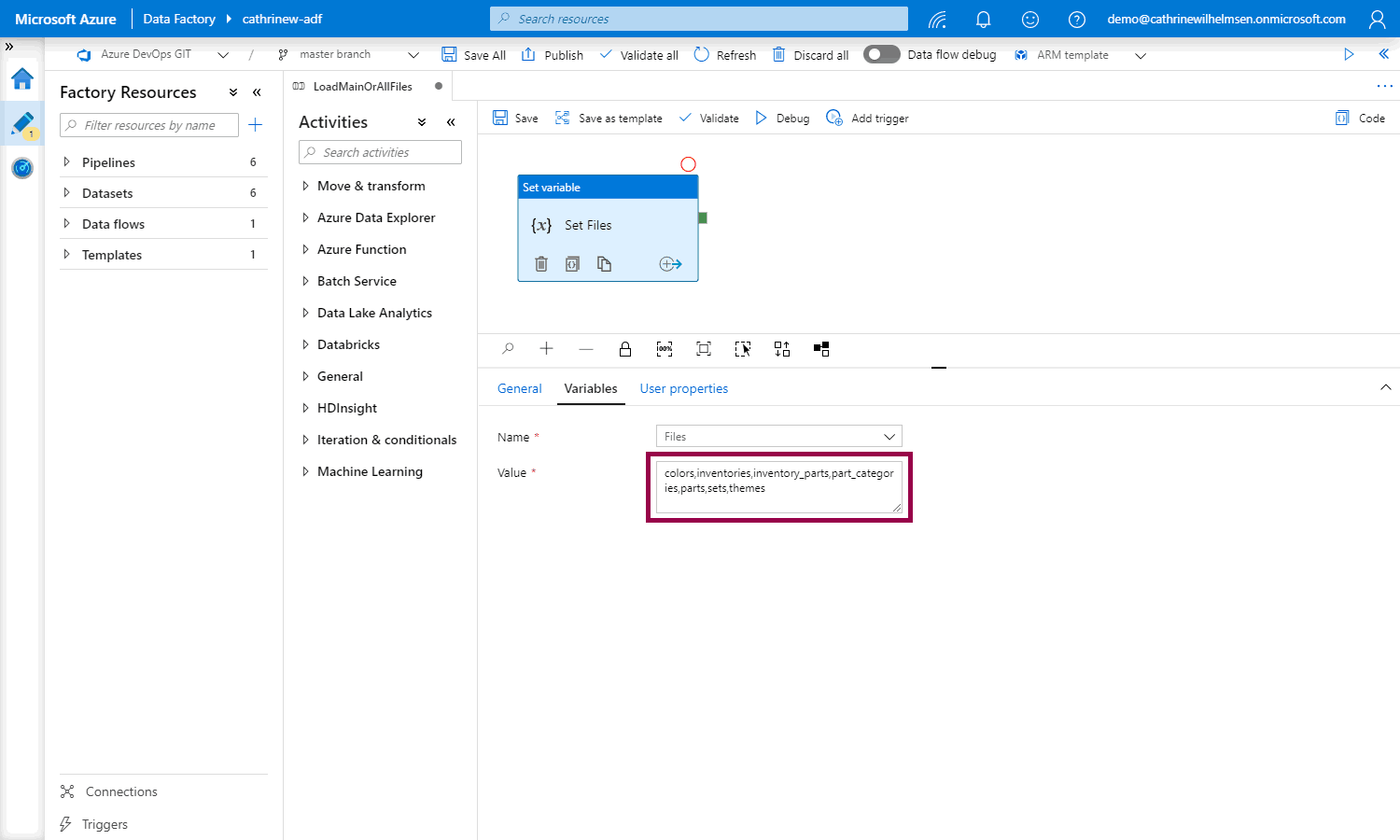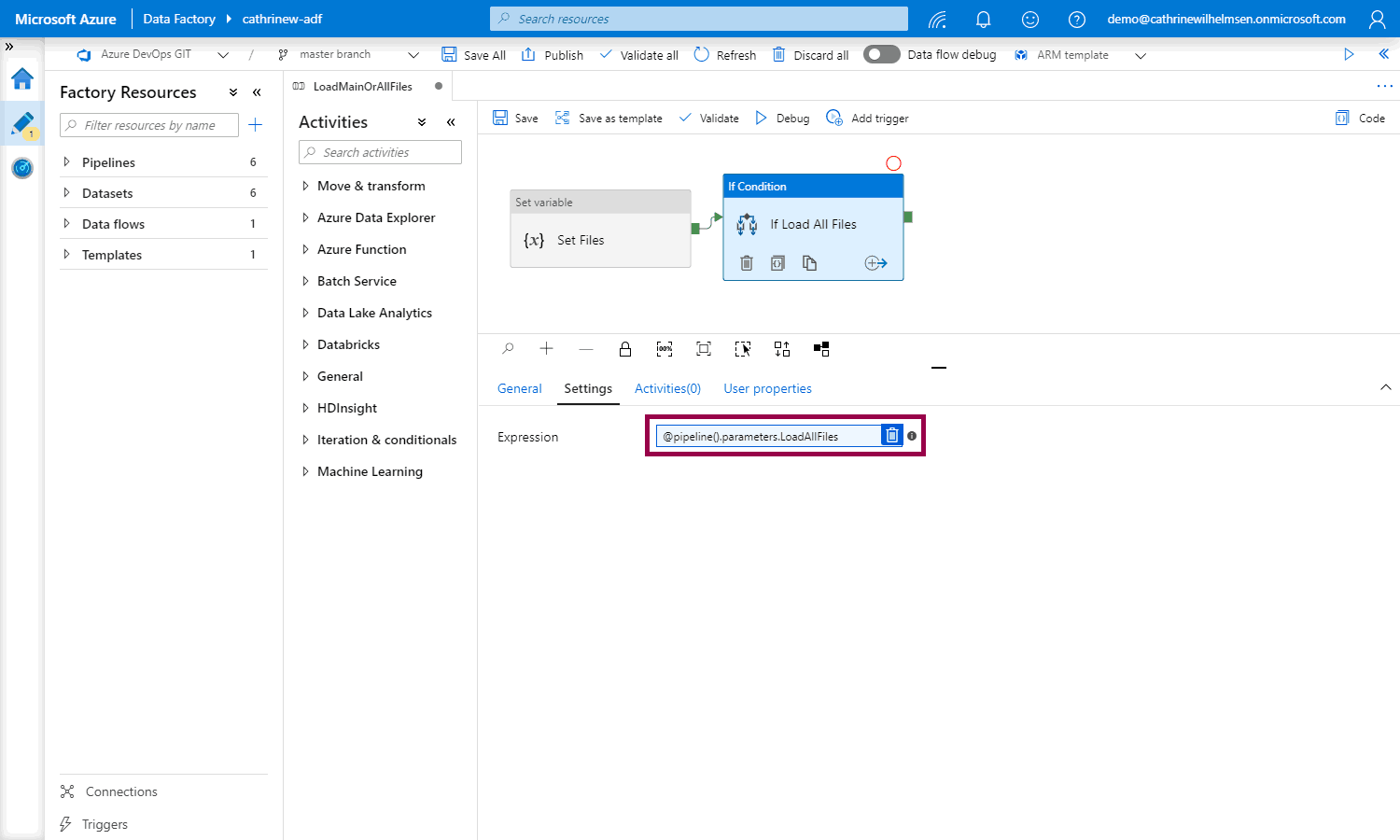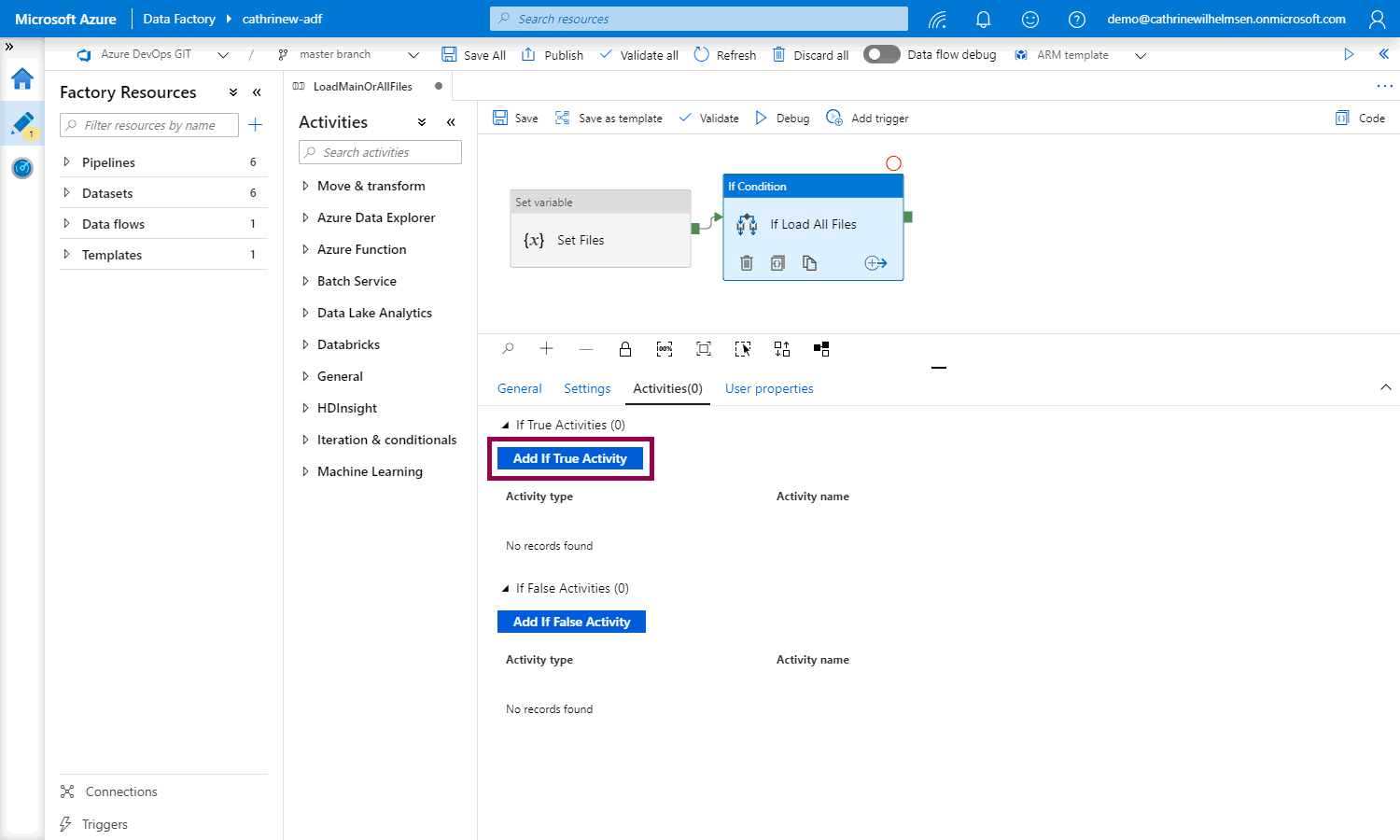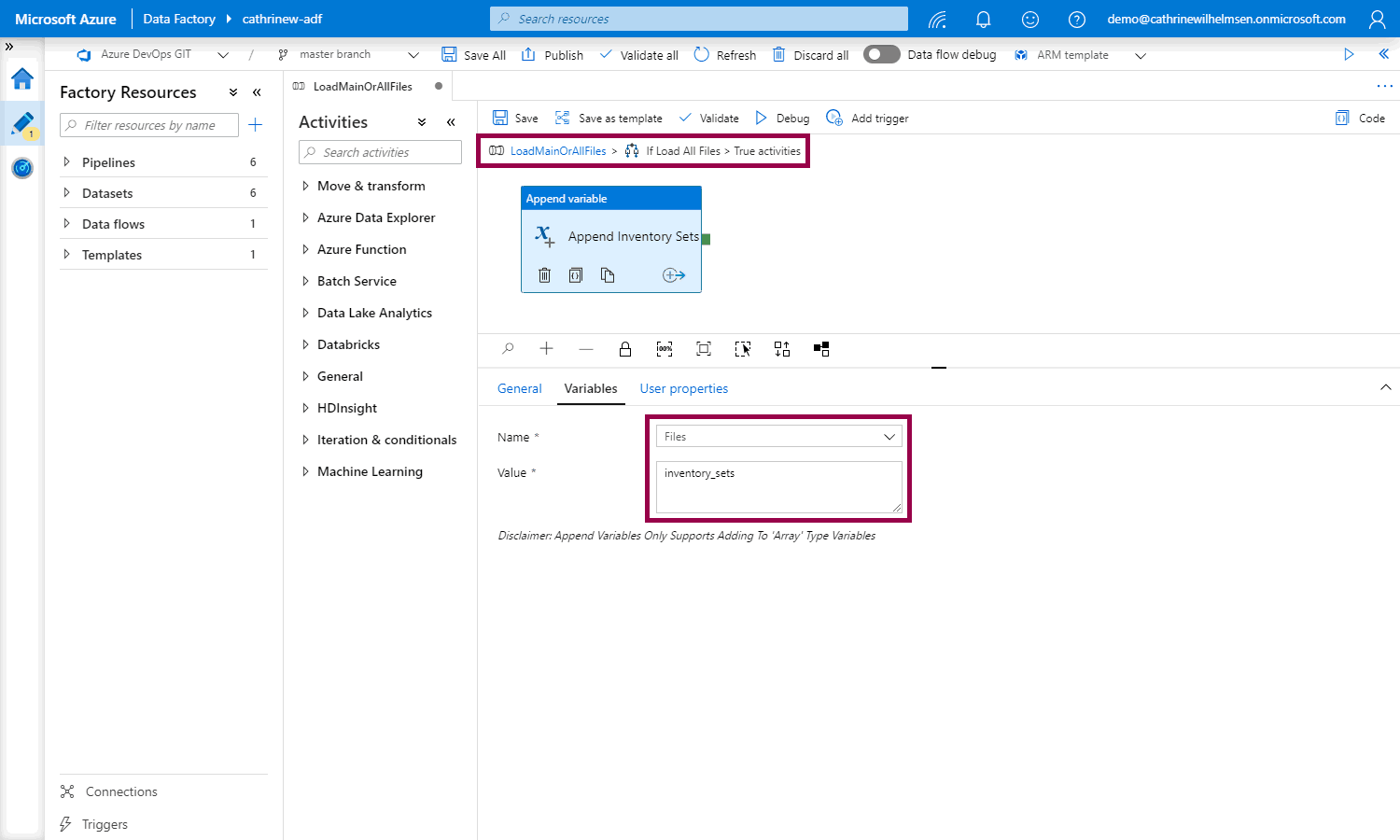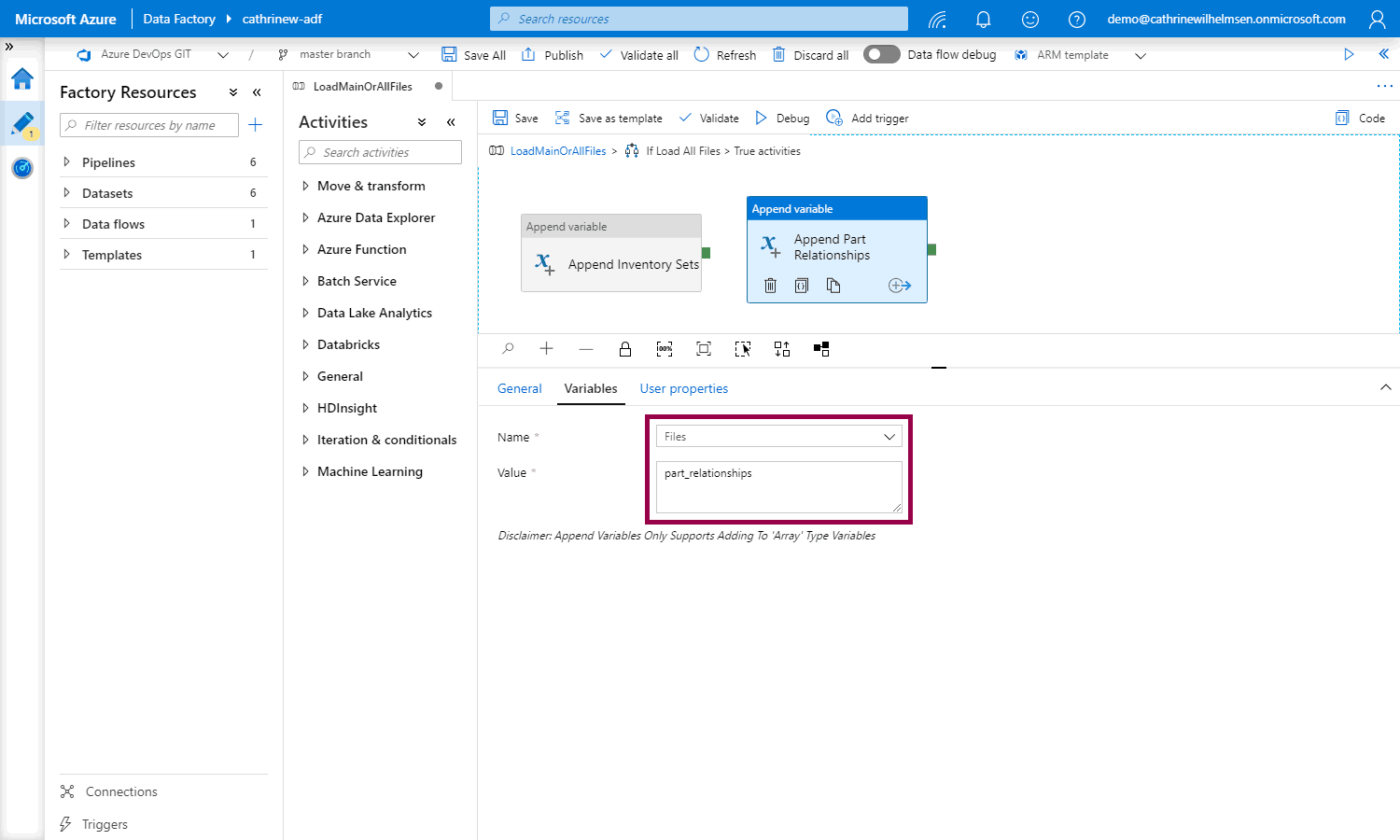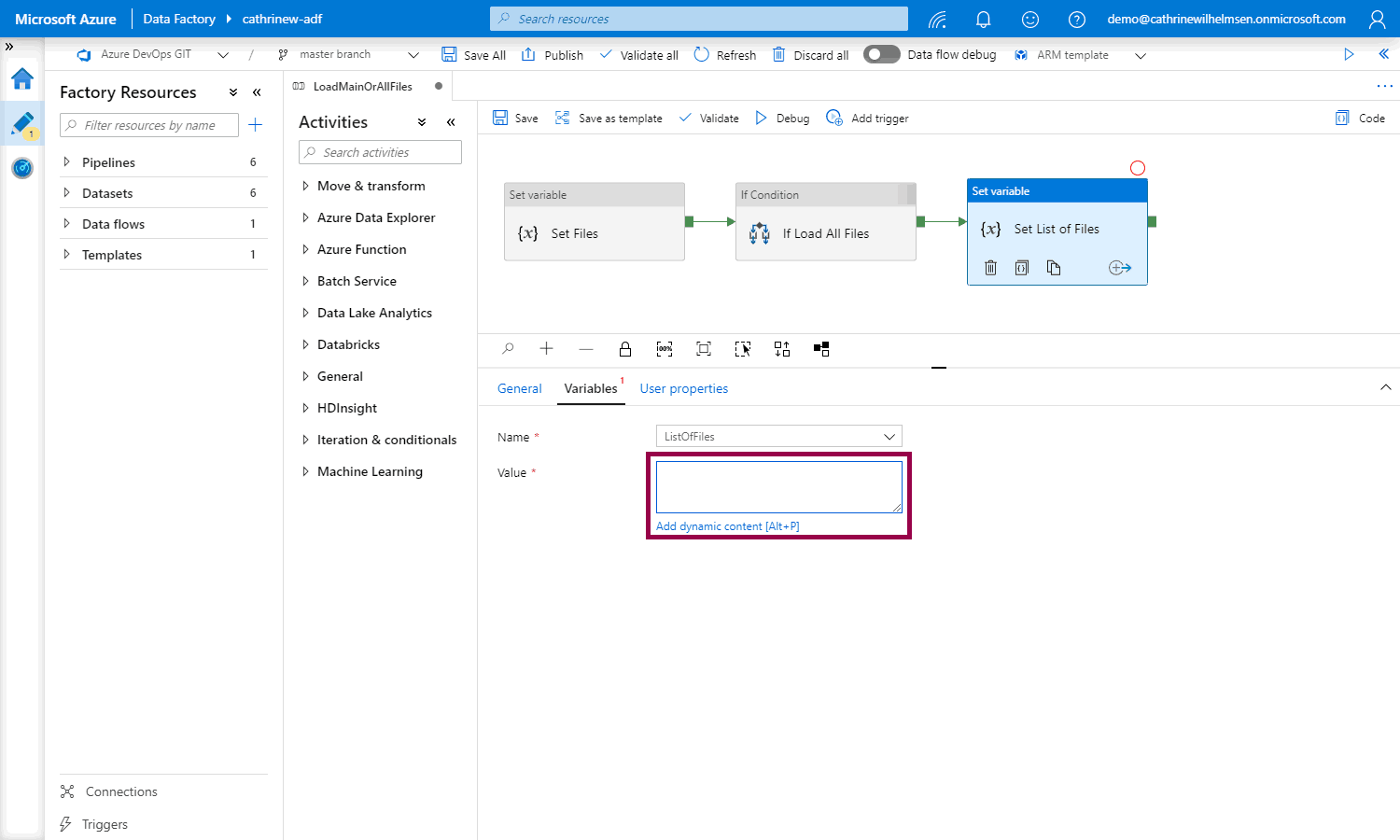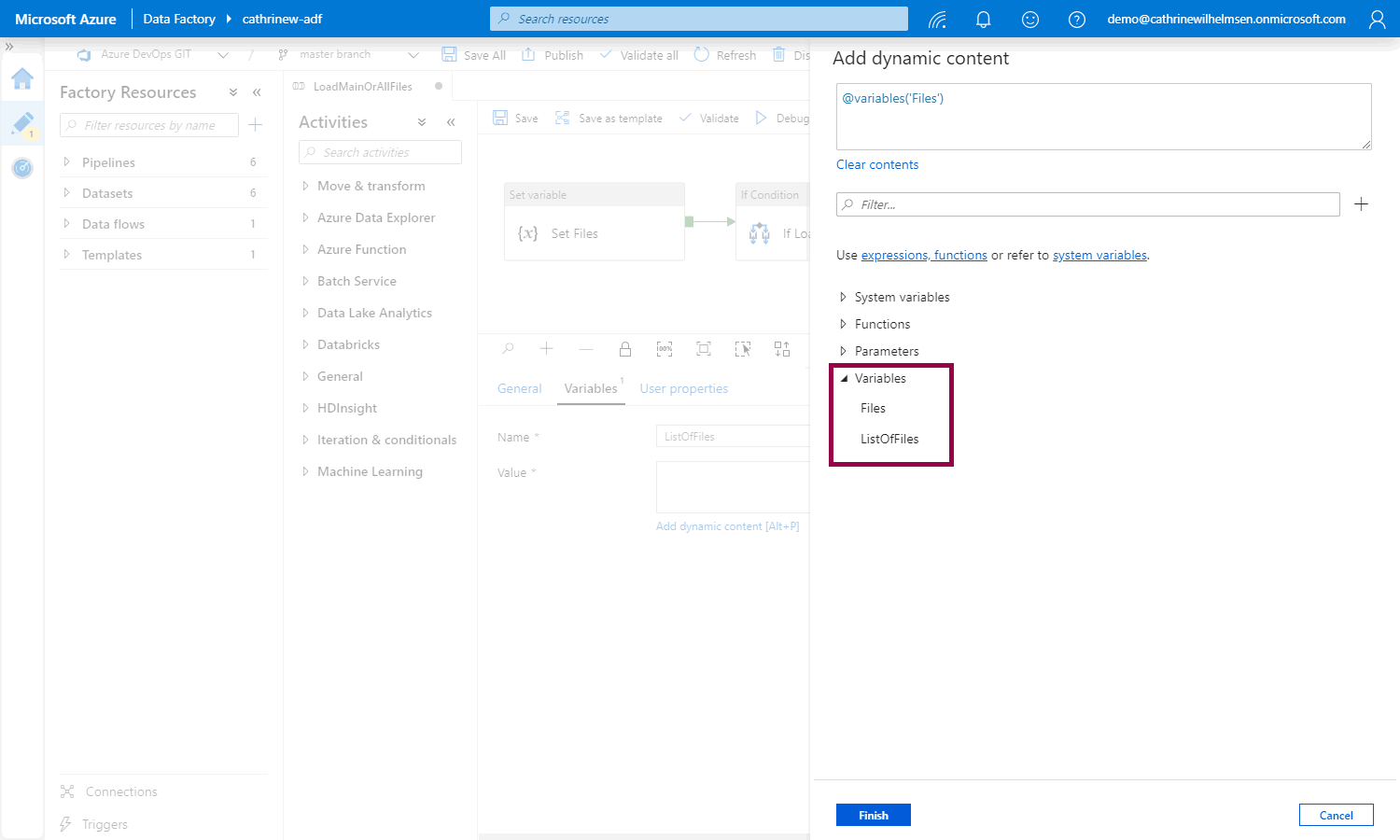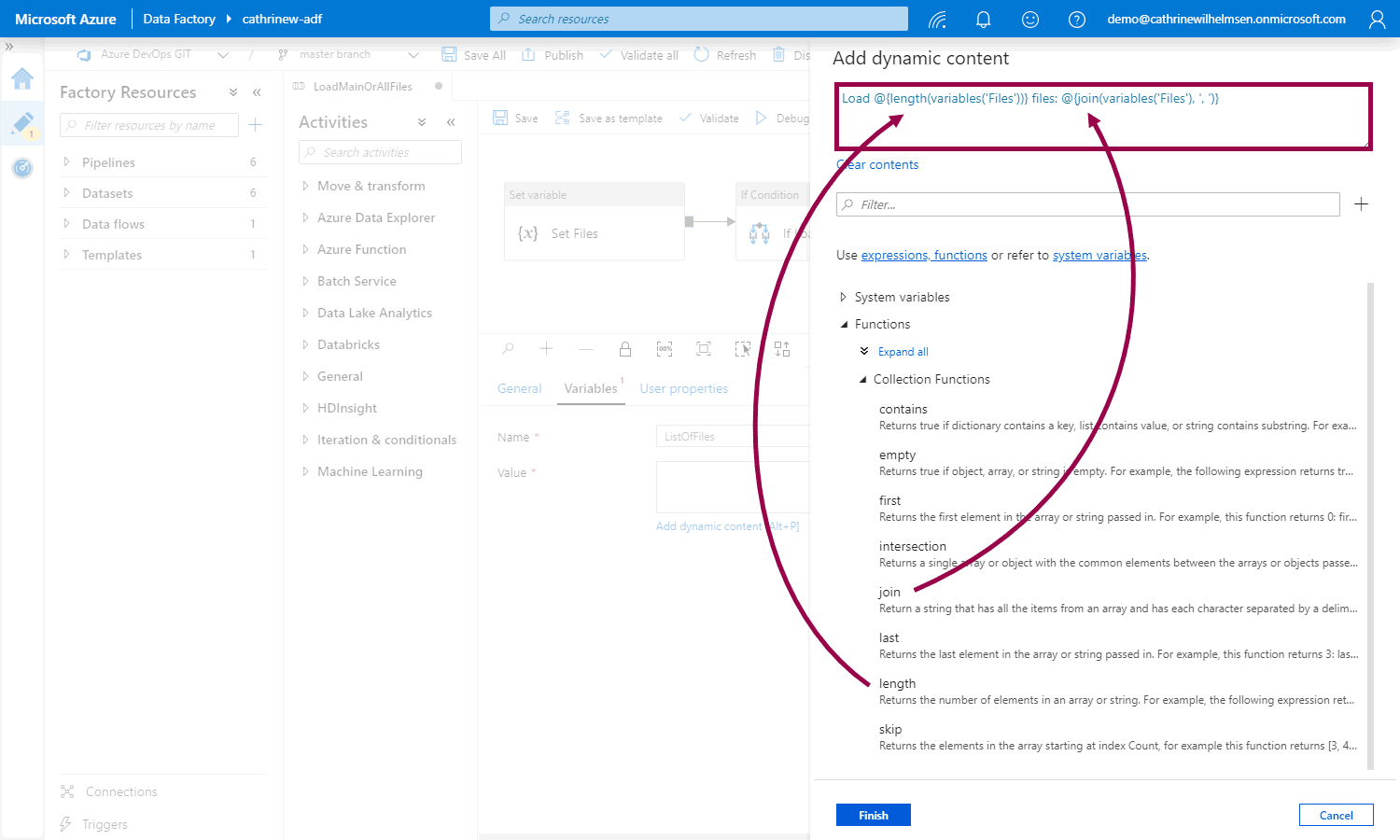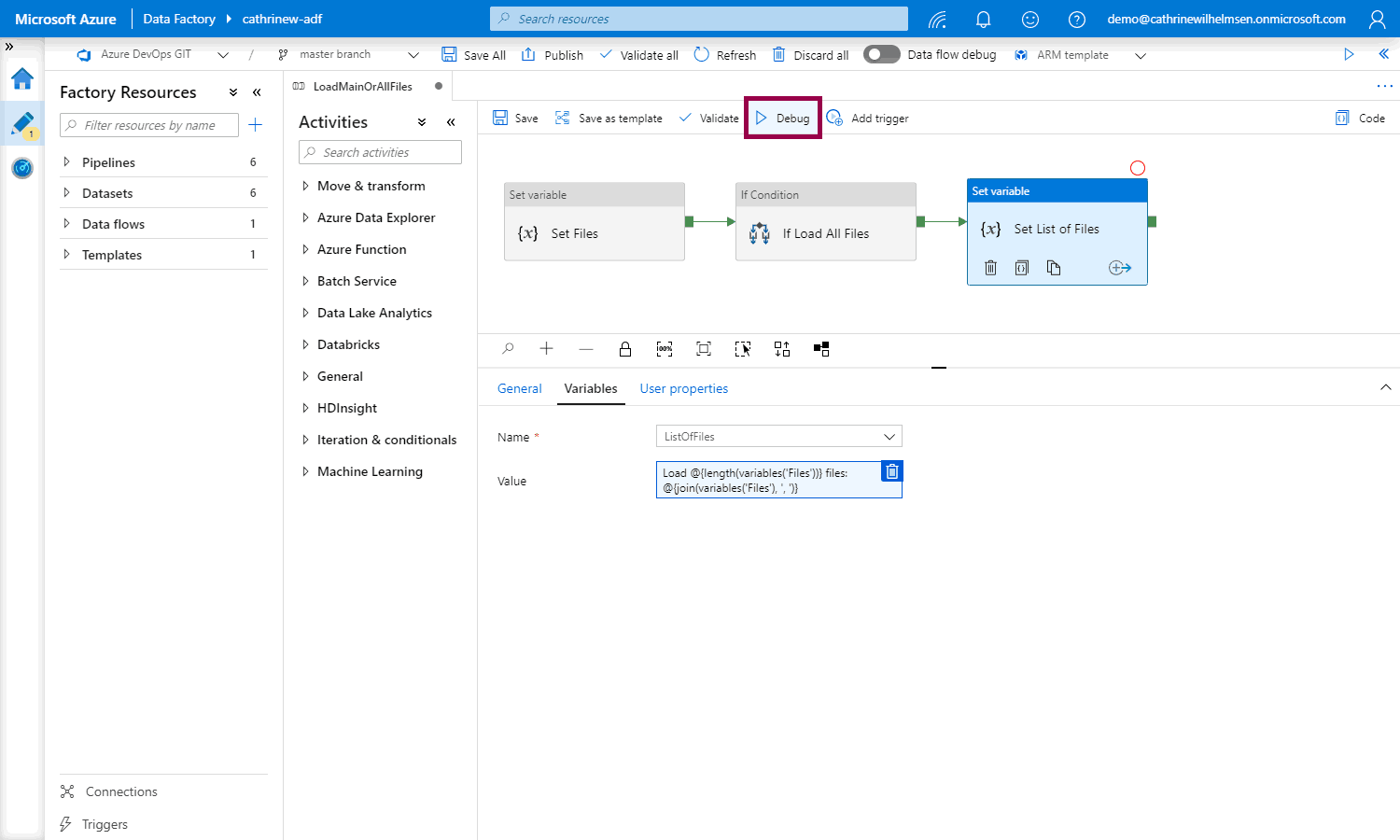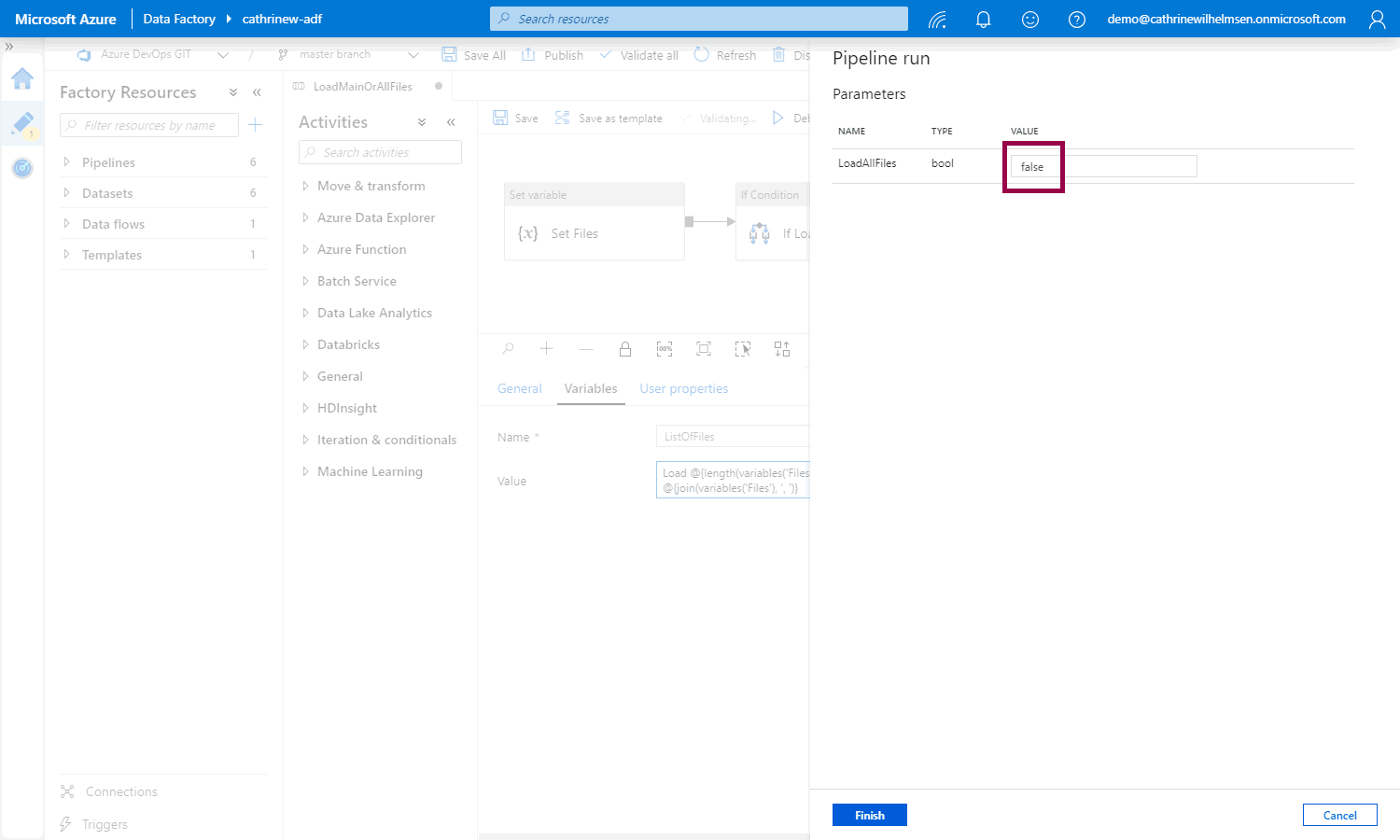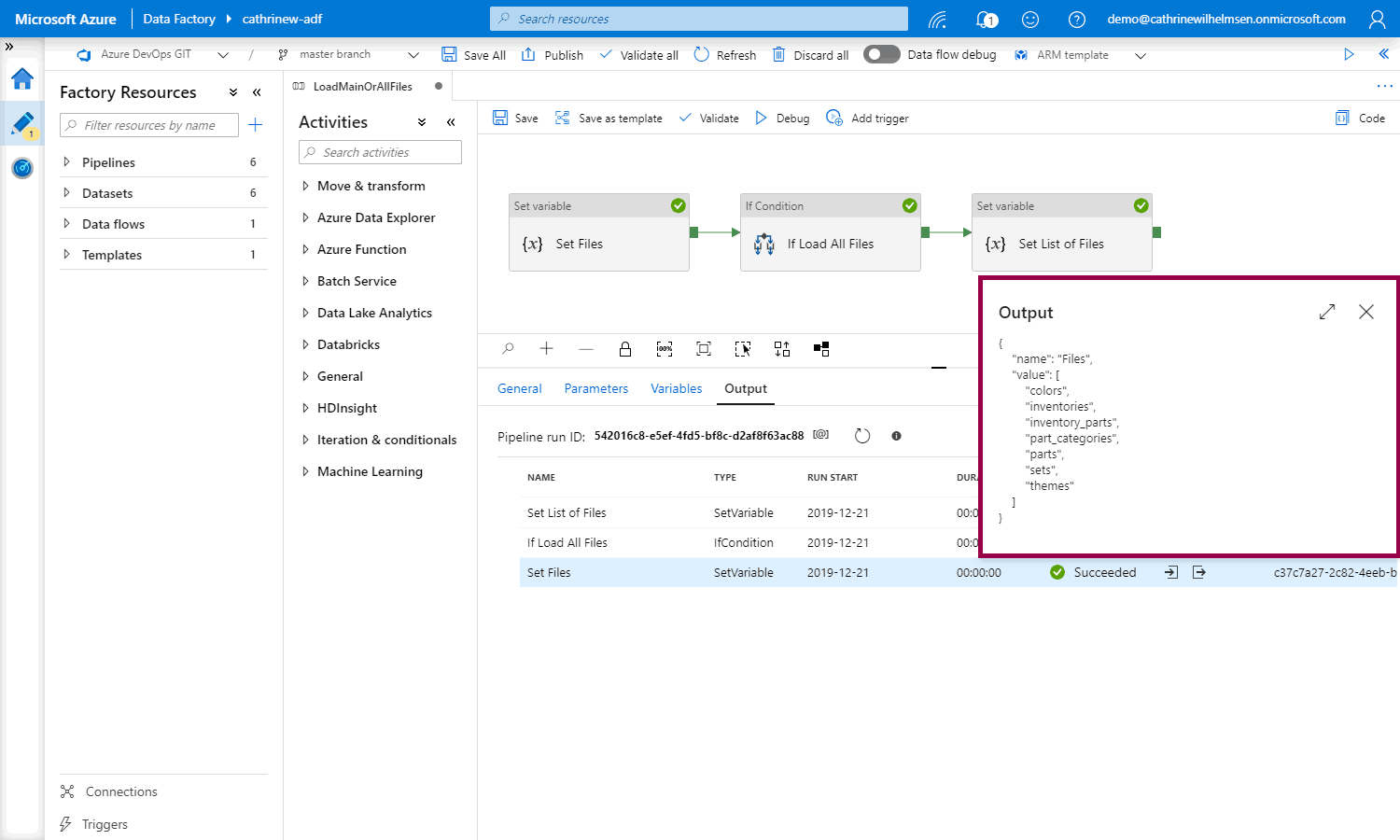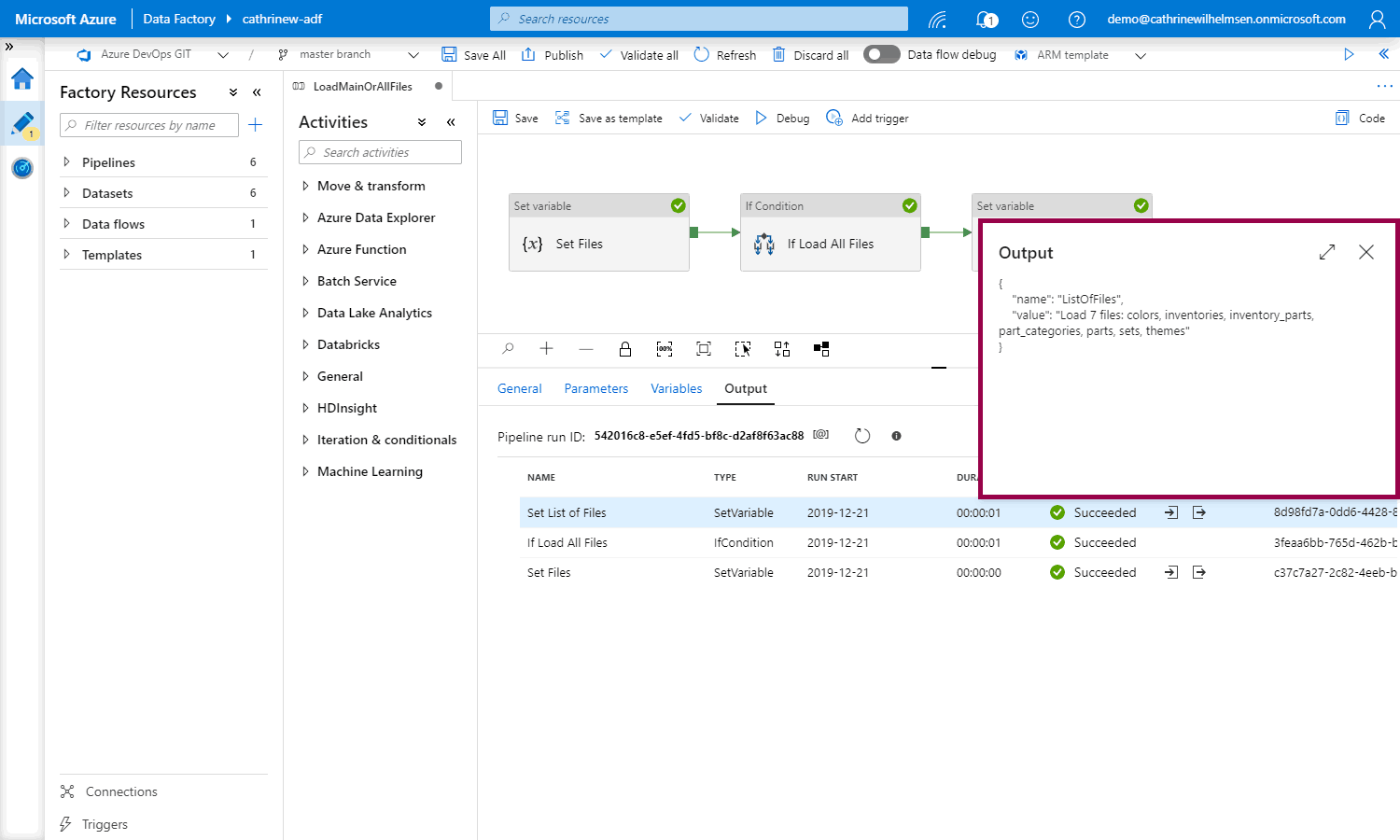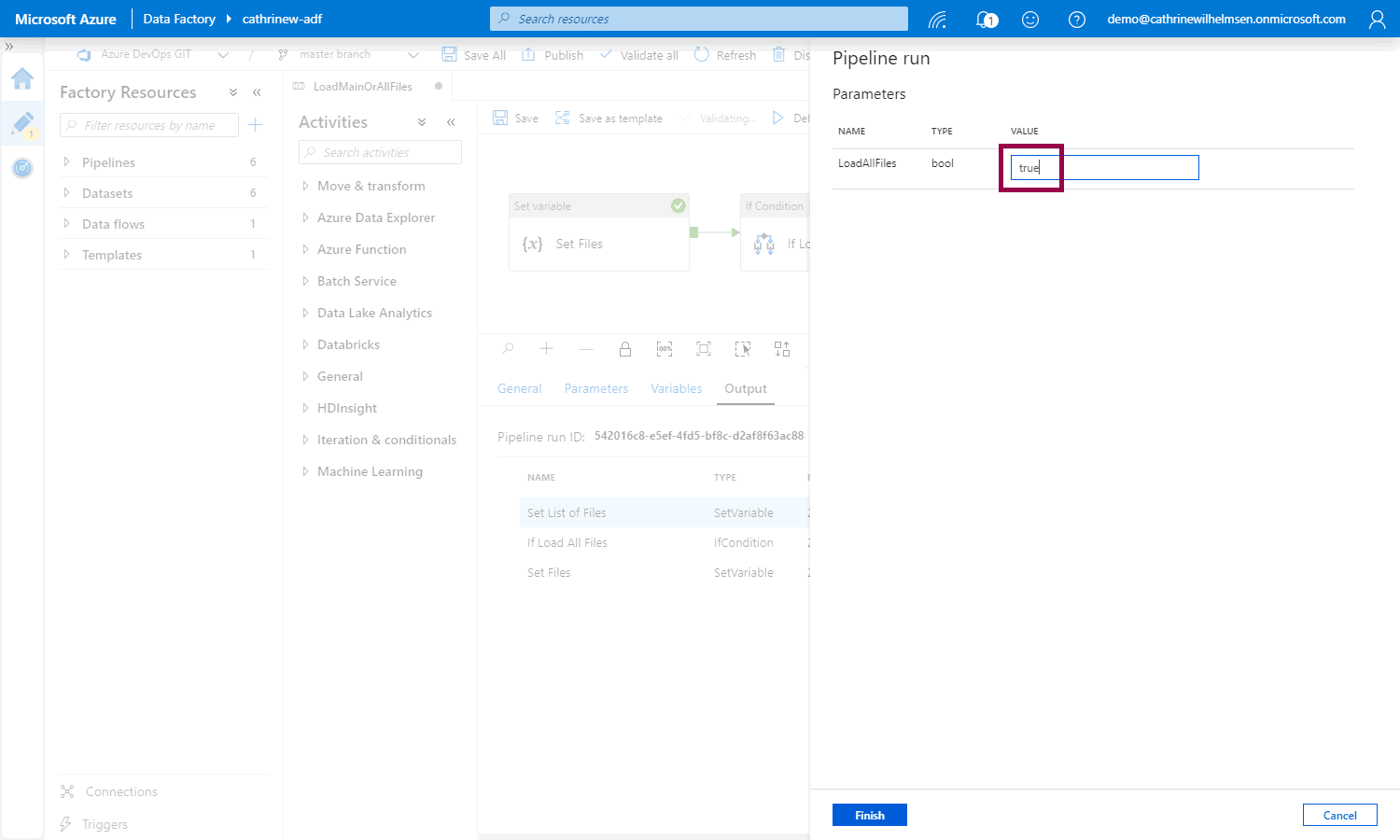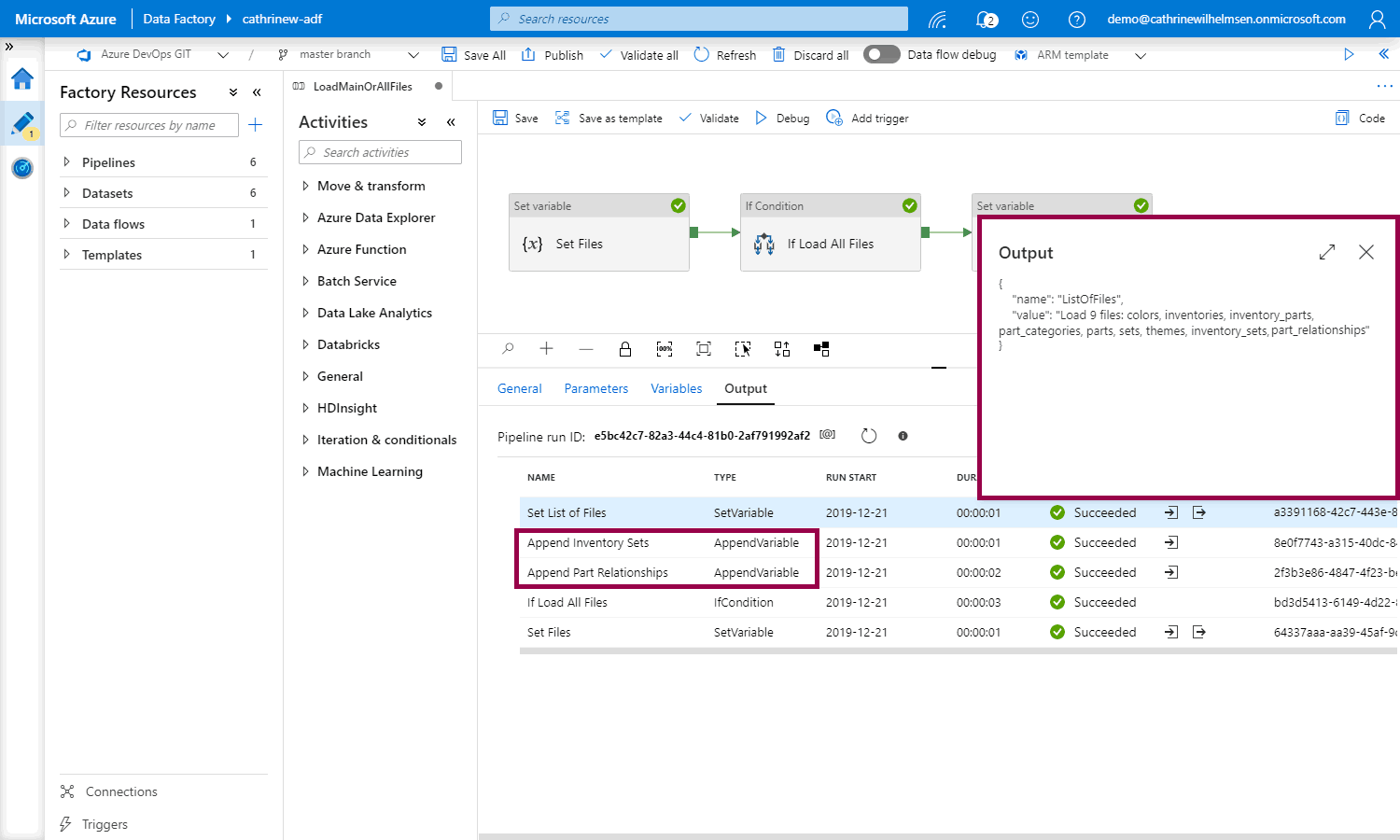Variables in Azure Data Factory
In the previous post, we talked about why you would want to build a dynamic solution, then looked at how to use parameters. In this post, we will look at variables, how they are different from parameters, and how to use the set variable and append variable activities.
Variables
Parameters are external values passed into pipelines. They can’t be changed inside a pipeline. Variables, on the other hand, are internal values that live inside a pipeline. They can be changed inside that pipeline.
Parameters and variables can be completely separate, or they can work together. For example, you can pass a parameter into a pipeline, and then use that parameter value in a set variable or append variable activity.
System Variables
In the previous post, I called out the syntax for dataset and pipeline parameters. Did you notice the difference? 🤔
@dataset().ParameterName
@pipeline().parameters.ParameterName
In a dataset, you can reference the parameter name directly. But in a pipeline, you have to first reference “parameters”. That’s because inside a pipeline, you have both parameters and system variables:
To use system variables, you reference them in a similar way to parameters:
@pipeline().DataFactory
@pipeline().Pipeline
@pipeline().RunId
@pipeline().TriggerId
@pipeline().TriggerName
@pipeline().TriggerTime
@pipeline().TriggerType
User Variables
User variables are slightly different, though. You reference them by their name:
@variables('VariableName')
Let’s see how this works!
In this example, we will build a new pipeline to show how a variable can be used and updated. Our goal is to create a pipeline that can be used to load some or all the files from Rebrickable.
Create Variables
Create a new pipeline, go to the variables properties, and click + new:
Give the variable a name and choose the type. You can specify a default value if you want:
Create two variables. One array variable named Files, and one string variable named ListOfFiles:
Then, create a bool parameter named LoadAllFiles:
Next, we will create the pipeline activities.
Set Variable
Add a new set variable activity, go to variables, and choose the Files variable:
Add the array value “colors,inventories,inventory_parts,part_categories,parts,sets,themes” (without quotes and spaces):
These are the seven Rebrickable files I consider the main files.
Then, add an if condition, and use LoadAllFiles parameter as the expression. This is a bool parameter that will evaluate to true or false:
(Hee hee, I’m sneaking in new activities in this series 🙃)
Add an if true activity:
Append Variable
Inside the true activities, add an append variable activity. Choose the Files variable, and use the value “inventory_sets”:
Add a second append variable activity for “part_relationships”:
Use Variables
Finally, add another set variable activity, and click to add dynamic content:
In the add dynamic content pane, you can click to add a variable:
You can use a combination of variables, functions, and string interpolation:
Let’s test our pipeline! Click debug:
And set LoadAllFiles to false:
Click on the set files output. We will see our array with seven files listed:
Click on the set list of Files output. We will see the result of the expression using the variable, functions, and string interpolation. It says “Load 7 files: colors, inventories, inventory_parts, part_categories, parts, sets, themes”:
Let’s try again! debug the pipeline again, but this time, set LoadAllFiles to true:
This, time, we see that the append variable activities also ran. We also get a different output:
Summary
In this post, we looked at variables and how they are different from parameters. Then we built a pipeline to show how to use the set variable and append variable activities.
We took a sneak peek at working with arrays in this post, but we didn’t actually do anything with it. We just showed the output.
In the next post, however, we will take a closer look at arrays. We will see how they can control a foreach loop!
About the Author
 Cathrine Wilhelmsen is a Microsoft Data Platform MVP, international speaker, author, blogger, organizer, and chronic volunteer. She loves data and coding, as well as teaching and sharing knowledge - oh, and sci-fi, gaming, coffee and chocolate 🤓
Cathrine Wilhelmsen is a Microsoft Data Platform MVP, international speaker, author, blogger, organizer, and chronic volunteer. She loves data and coding, as well as teaching and sharing knowledge - oh, and sci-fi, gaming, coffee and chocolate 🤓

